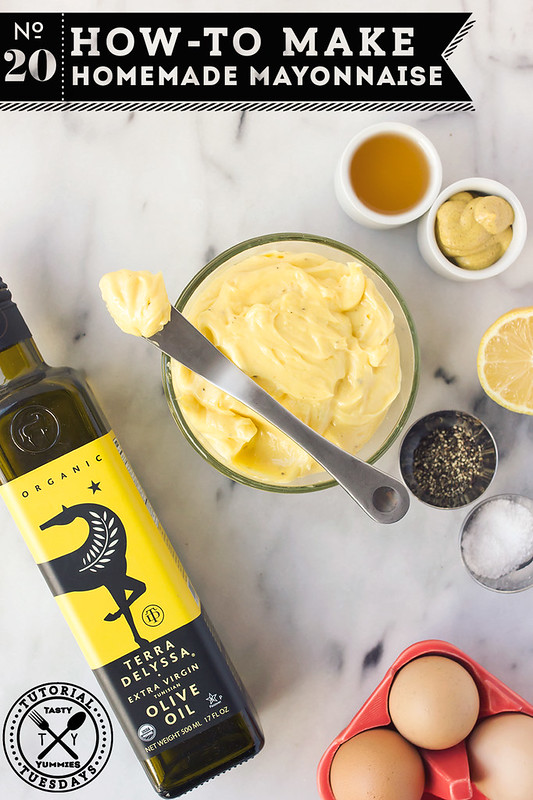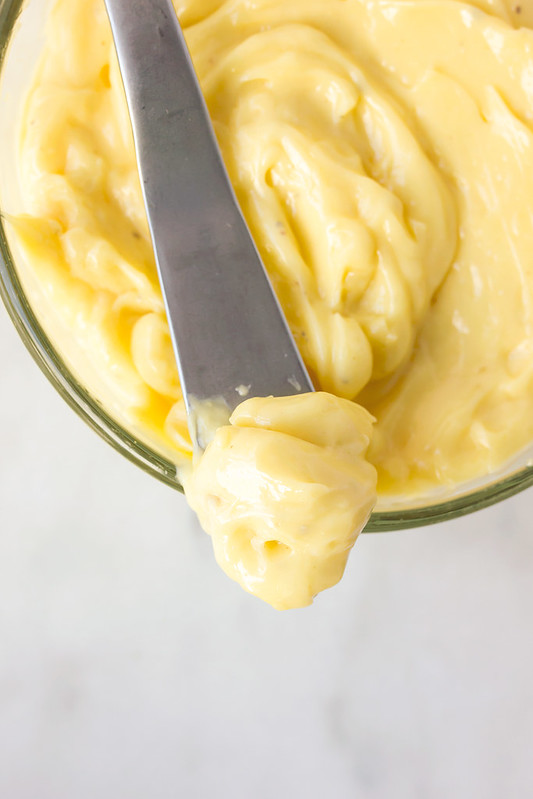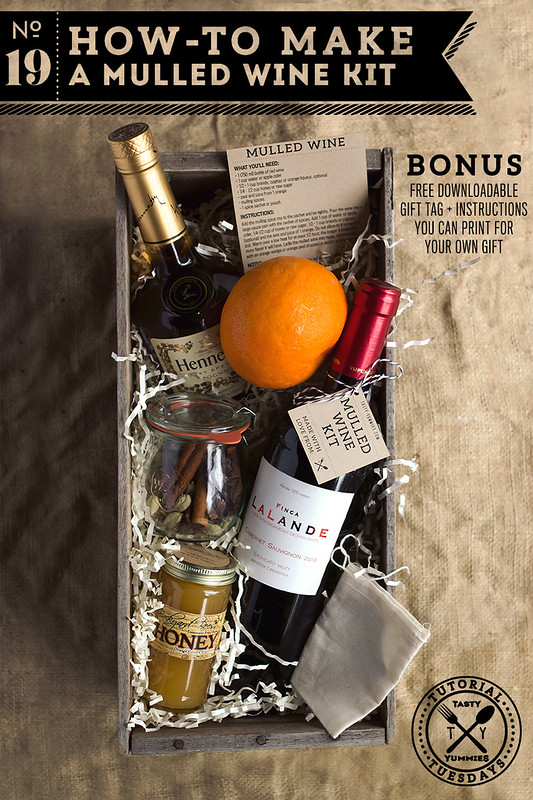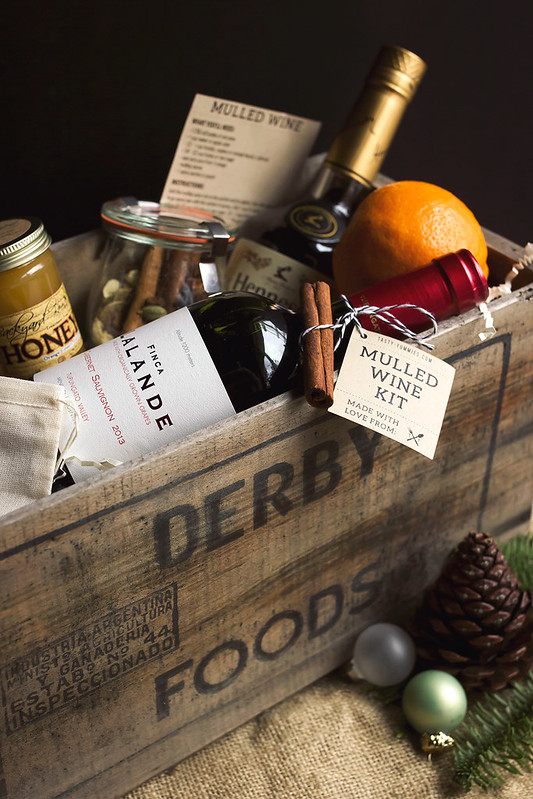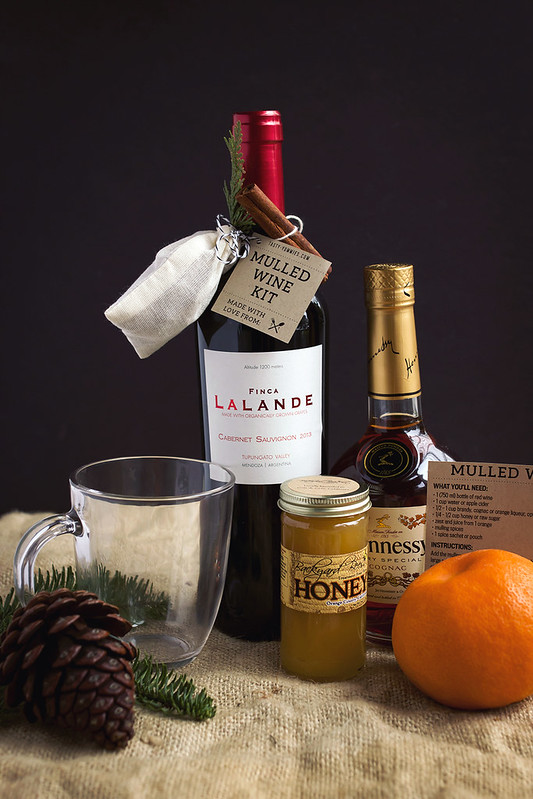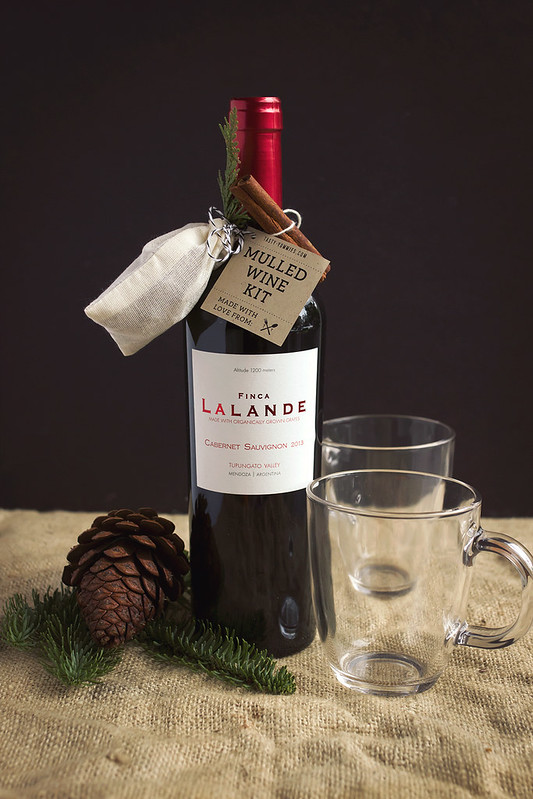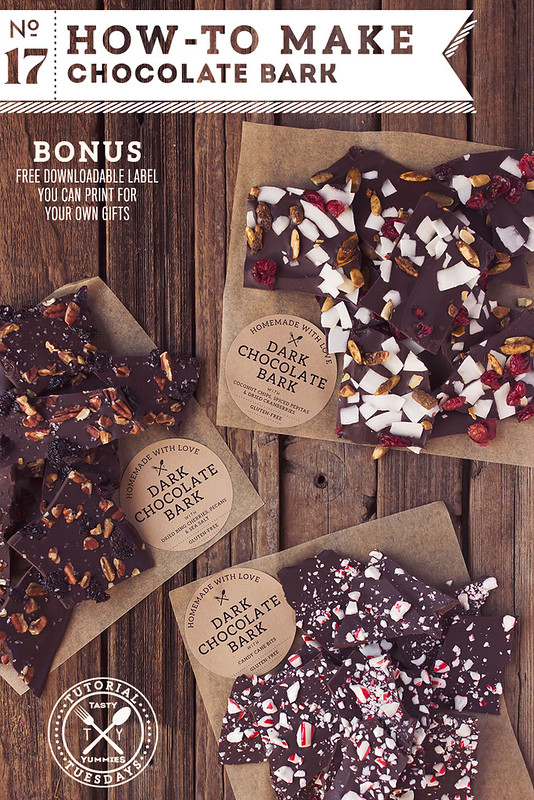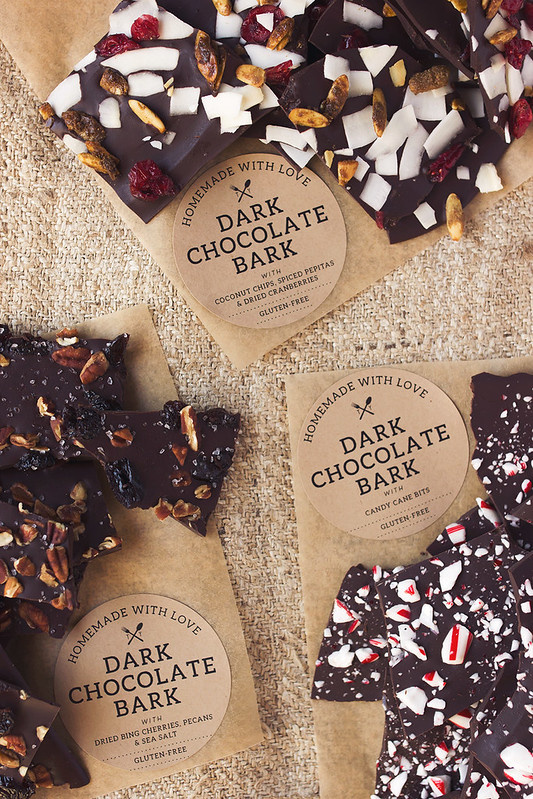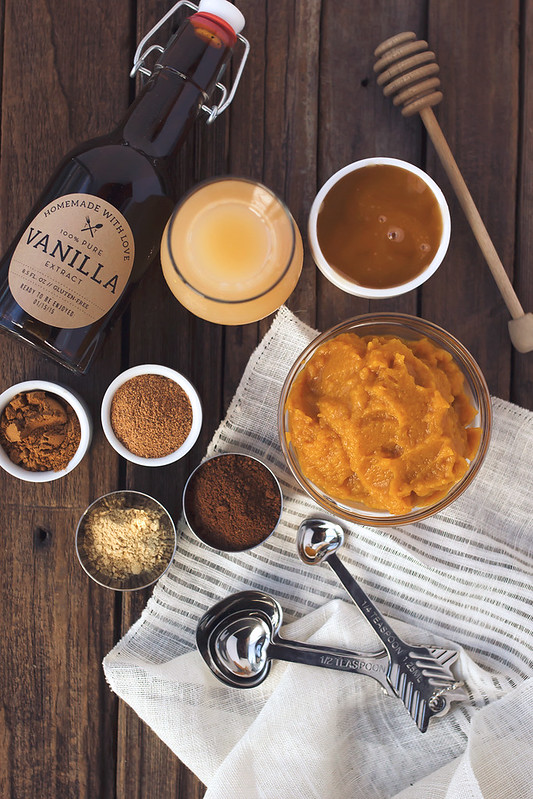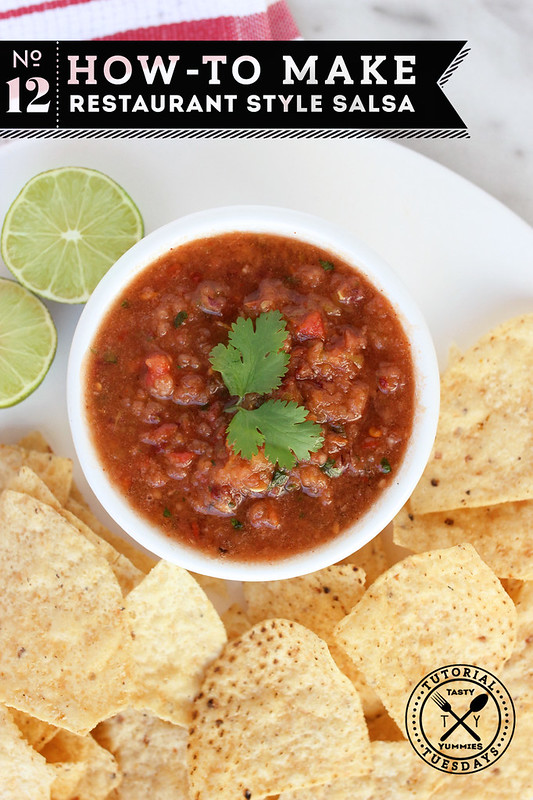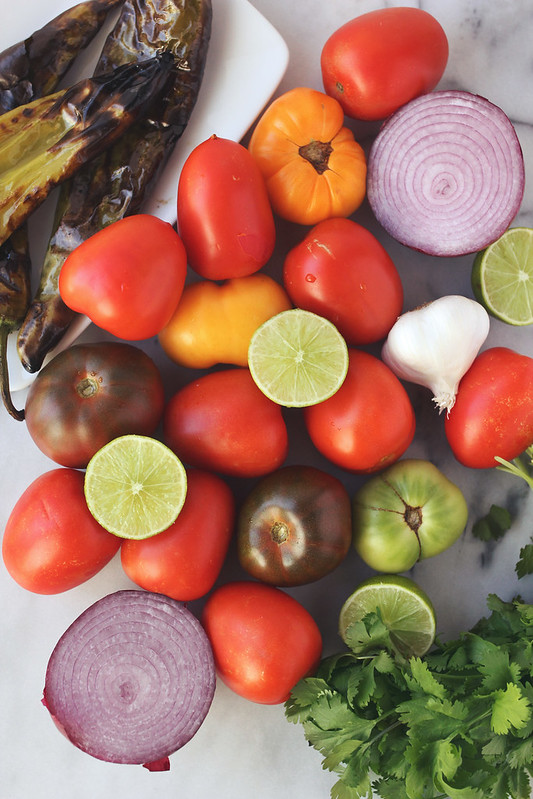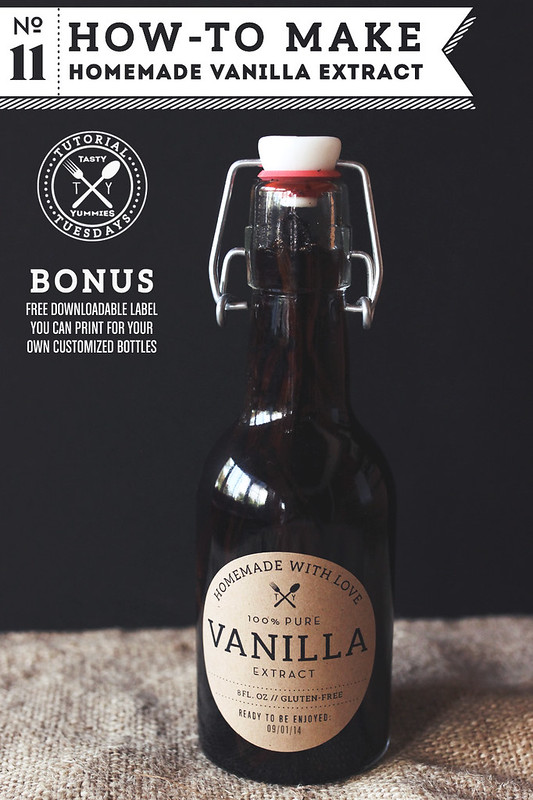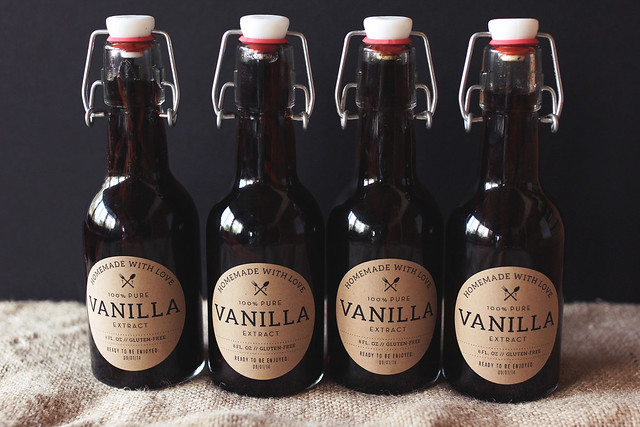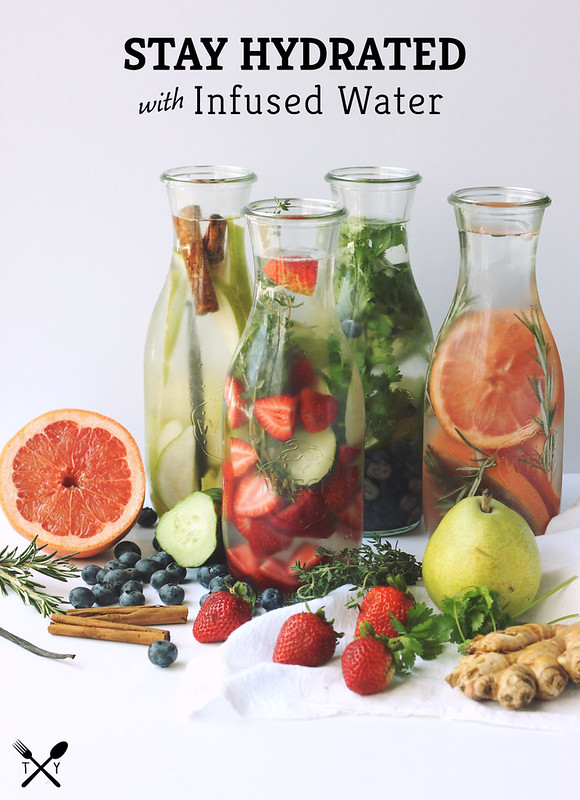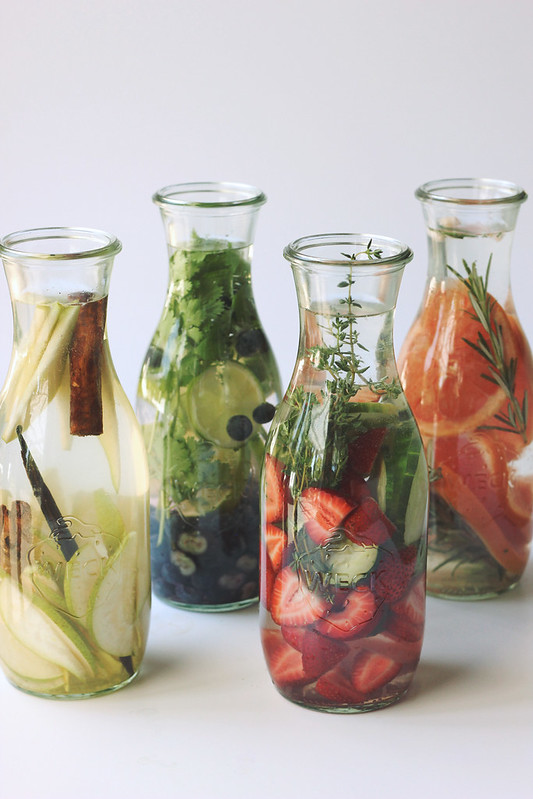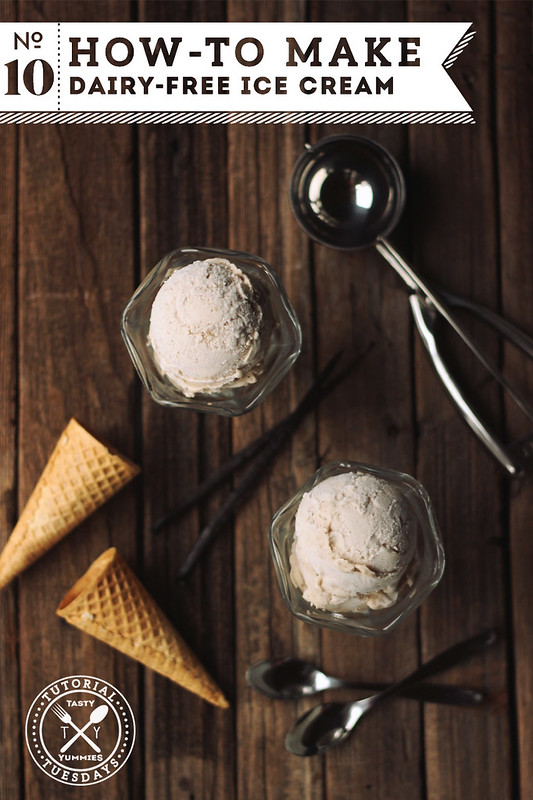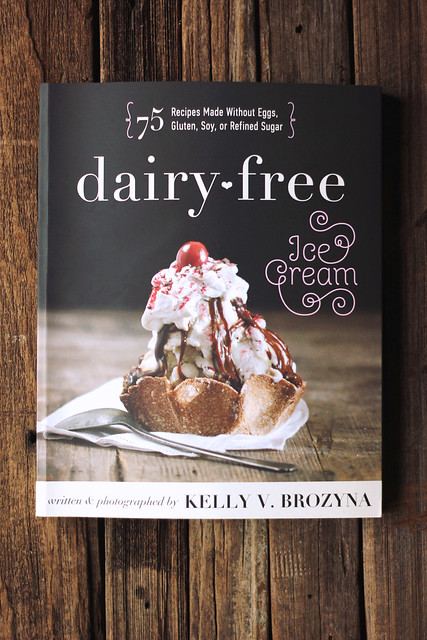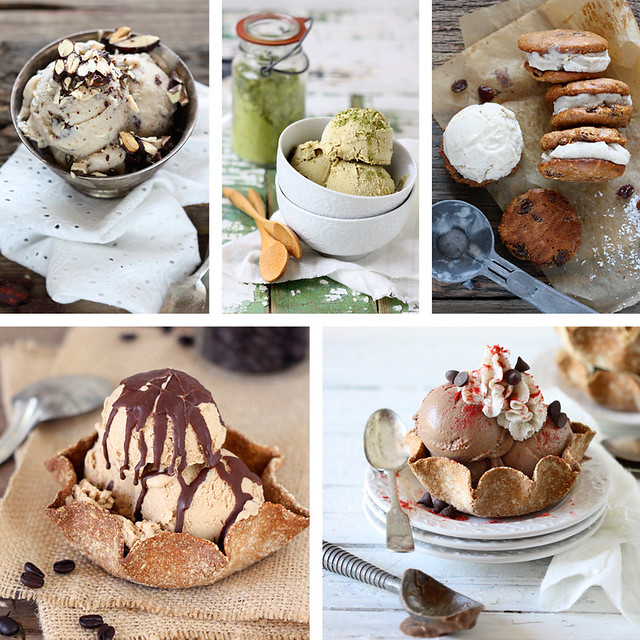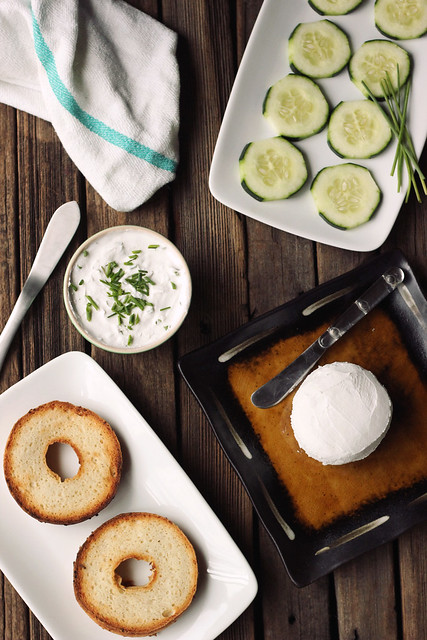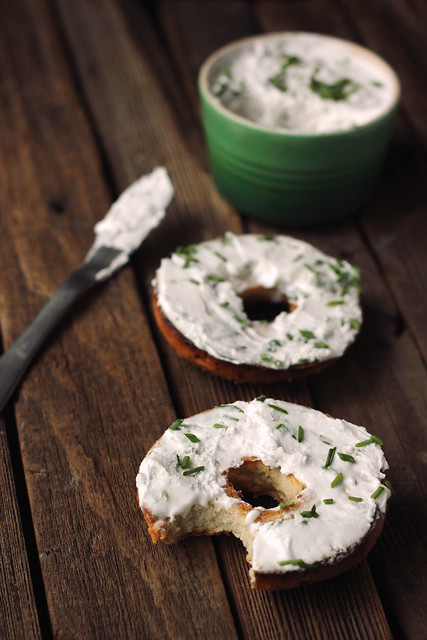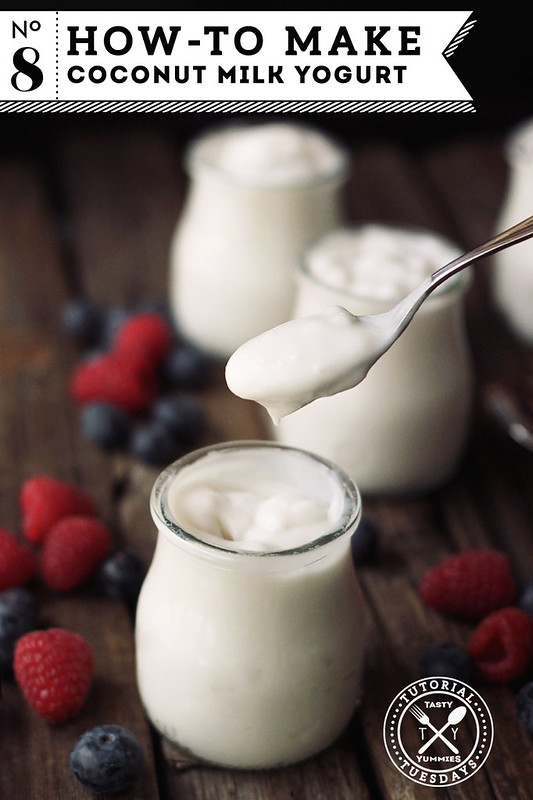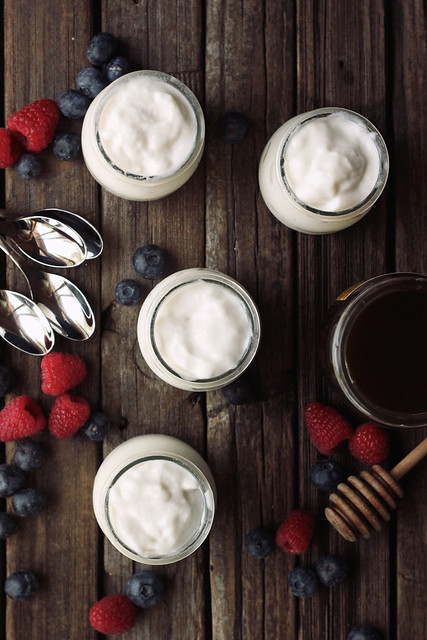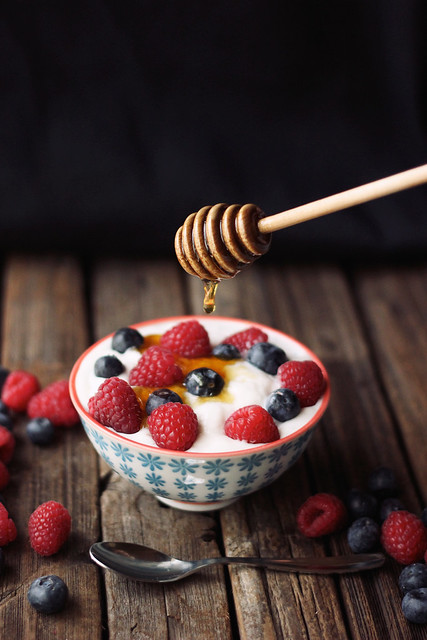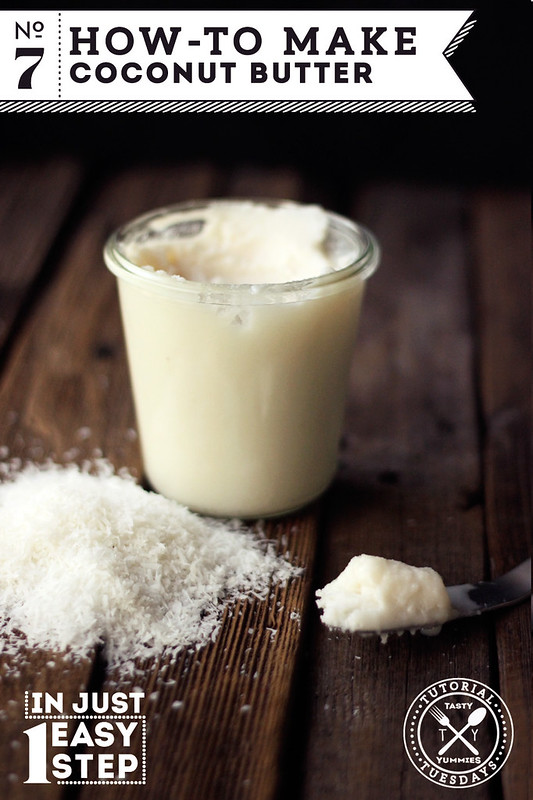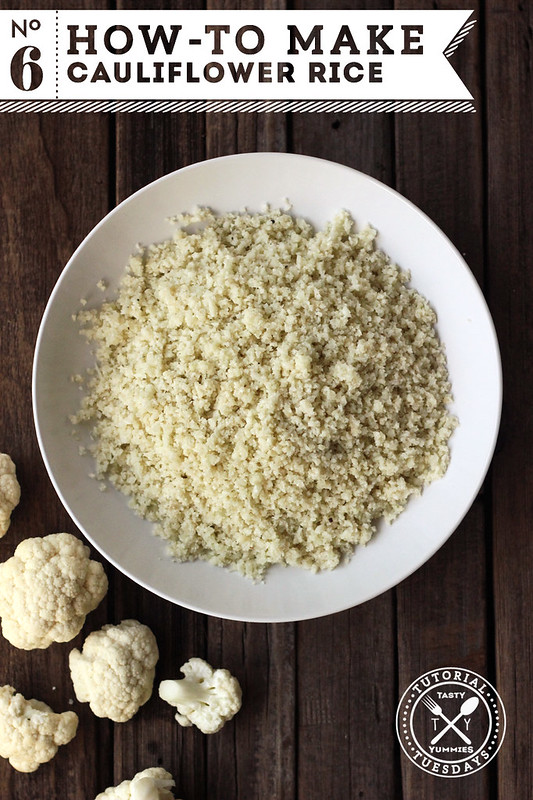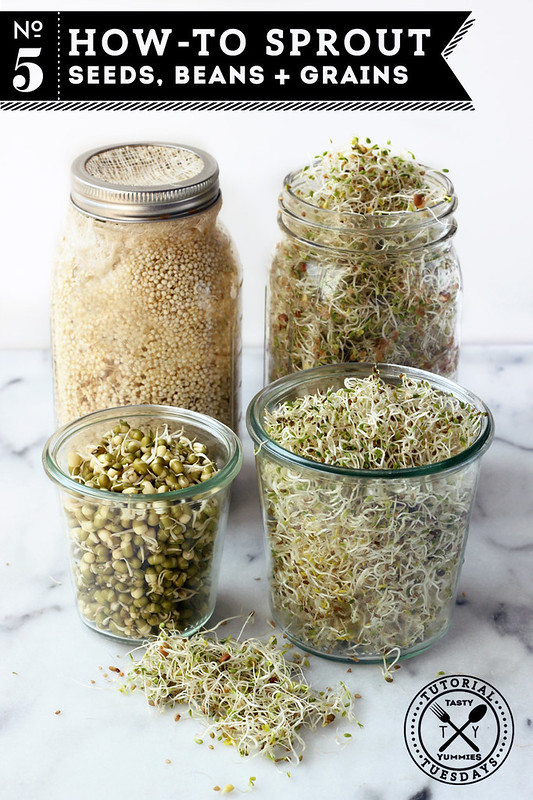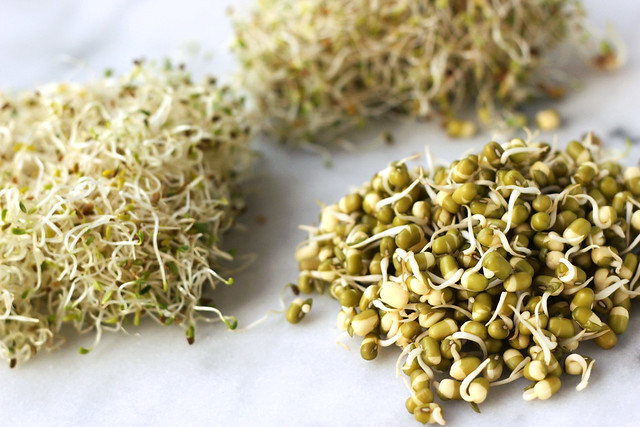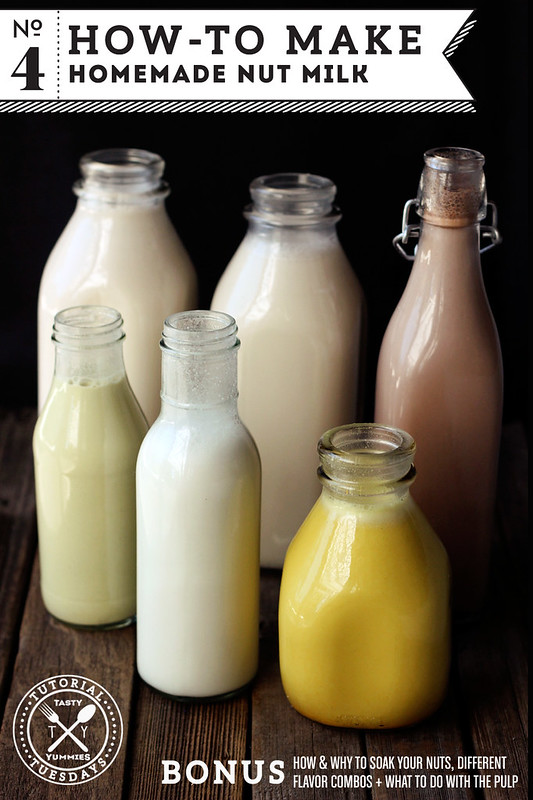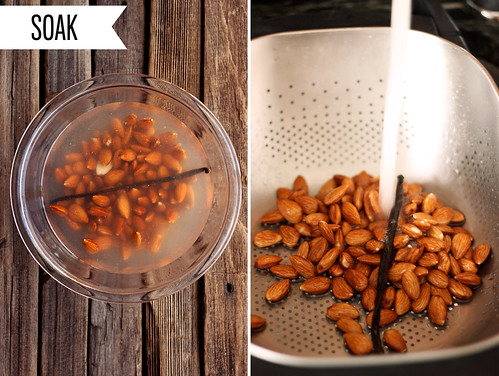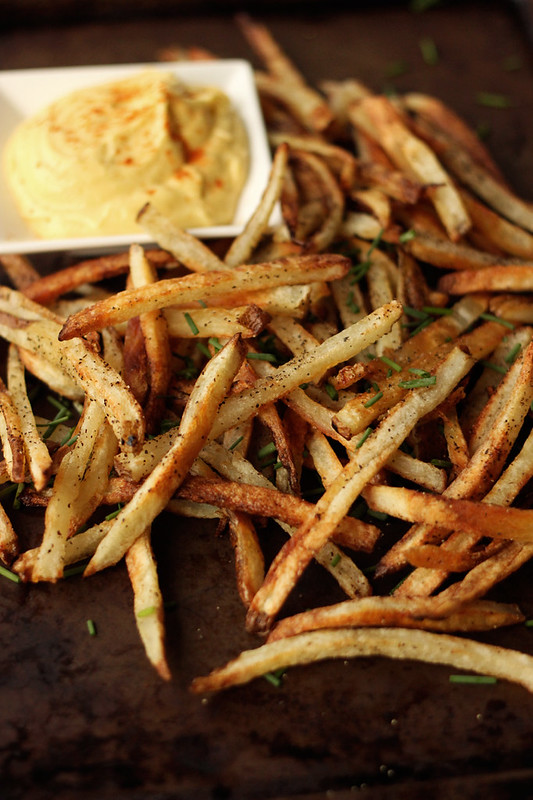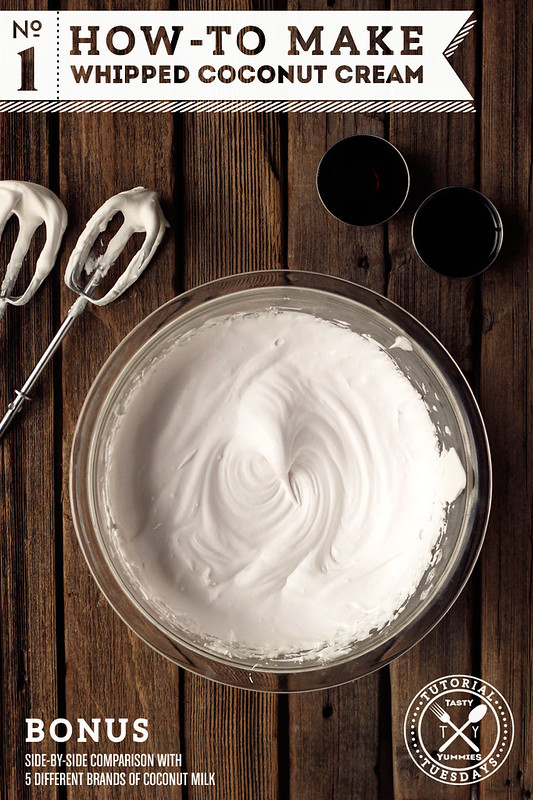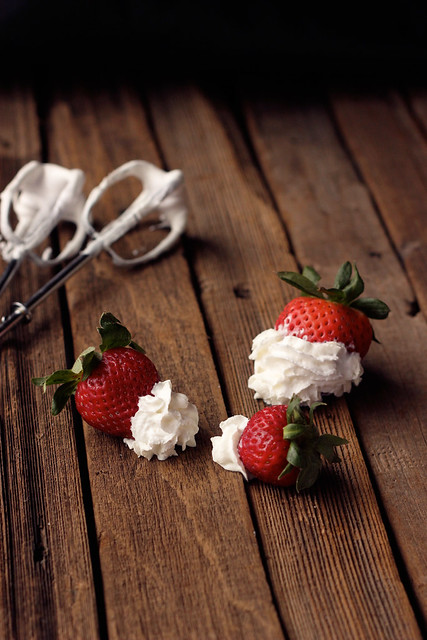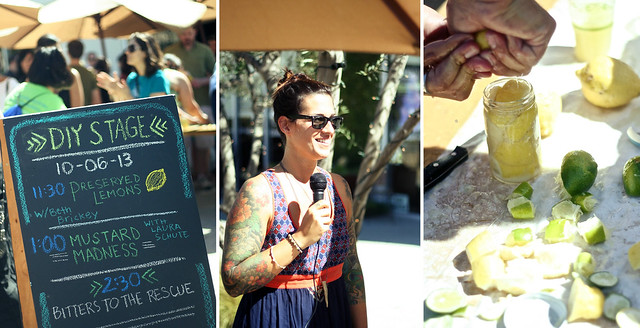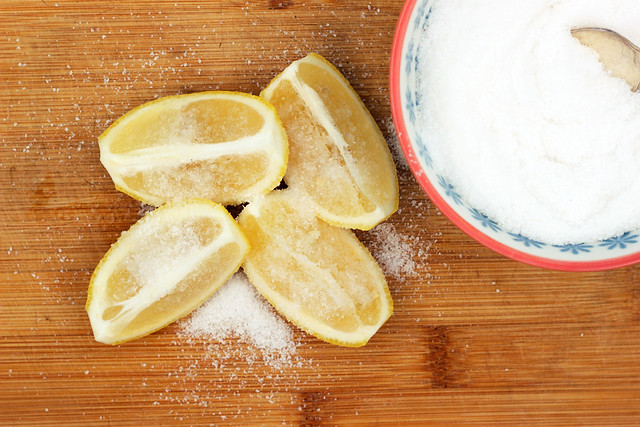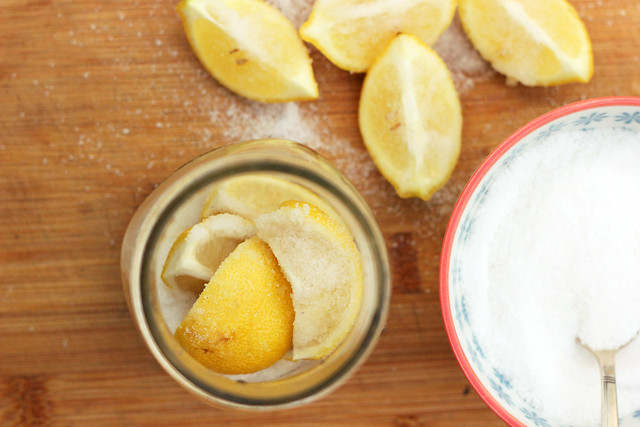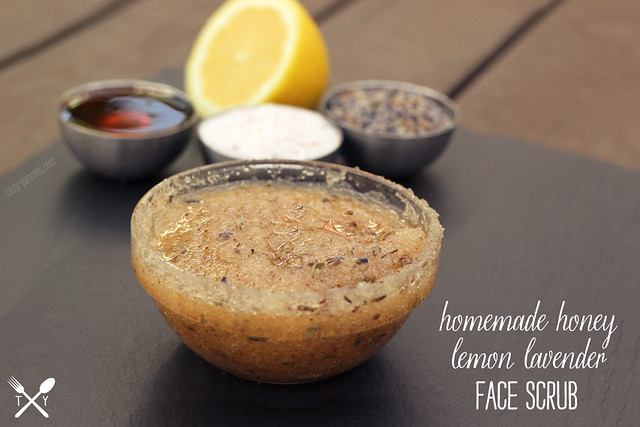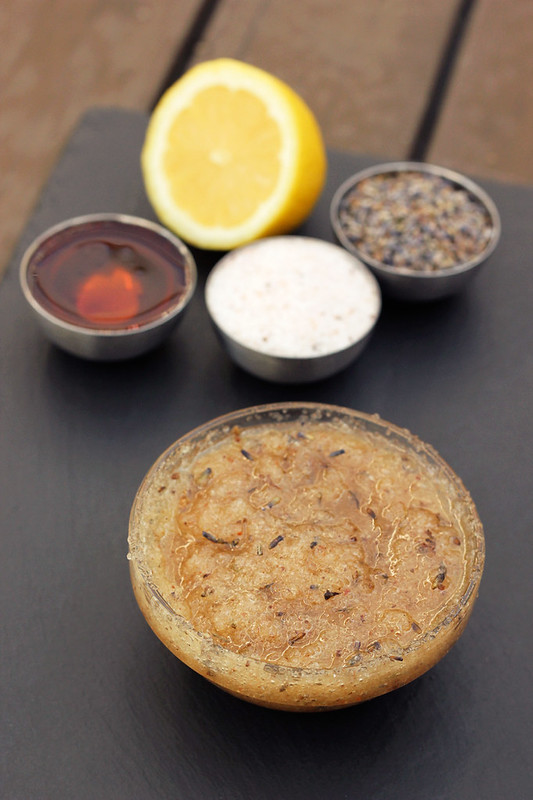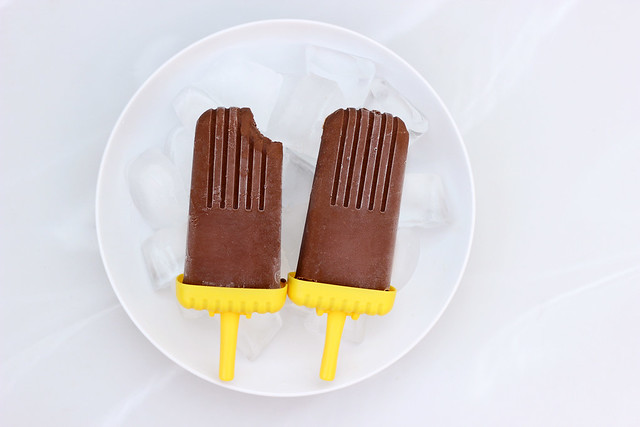-
How-to Make a Mulled Wine Kit
For all of you last minute Christmas elves, this simple-but-sweet tutorial on How-to Make a Mulled Wine Kit is great for the wine lover on your list and it also makes a wonderful, thoughtful gift for any hostesses/hosts of holiday parties and other celebrations this season.
You can easily grab what you need from your pantry and the local grocer and pull this together in minutes. You can even skip the wine and the alcohol all together and send this along with a quart of local apple cider for a mulled cider option.
Mulled wine is such a comforting and festive drink this time of year or really anytime from the fall through the winter. It’s easy to make and this kit makes it even easier. Besides the simple recipe for the mulling spices and the instructions on the different ways you can package your gift, I even created printable tags and instructions for the gift recipient, for you to include in your kit. So, literally all you have to do is pull your ingredients together, hit “print”, fill your name in and your gift is done! Simple as that. Grab a cute box or wooden crate, or a beautiful gift bag, some cute ribbon or twine and voila, a thoughtful, handmade edible gift!
-
Holiday Gift Guide: D.I.Y. Gifts
Hey all!! This is the final week in my 5-part Holiday Gift Guide series. I hope you have been enjoying all of the goodies I have been sharing with you! This week it’s all about DIY, handmade gifts! Just a small selection of some of my favorite how-tos and recipes for you to create a beautiful, thoughtful gift! I hope you enjoy. To see the other gift guides from this series head over here.
-
Homemade Honey Lemon Lavender Face Scrub
As I mentioned in my recent post, I have switched to a brand new skin care regimen with Peacock Apothecary that is all natural, handmade to order, all of their products are free of any chemicals and preservatives and locally sourced when possible, etc. Additionally, as part of my routine I am still using my homemade apple cider ginger toner every time I wash and I added in a homemade exfoliant that I use twice a week, at the recommendation of the girls at Peacock Apothecary.
This recipe is something I can put together very quickly and simply. I make up this small batch and keep it in the shower for the week. I have been loving how my skin feels after this gentle scrub, it is smoother than ever and I feel like my skin is as clean as it ever could be. It is super gentle and the scent is so soothing and calming.
Here is my current skin care routine:
Daily in the morning:
Wash with Coconut Milk cleanser from PA,
Tone with homemade apple cider vinegar toner
Moisturize with citrus serum from PADaily in the evening: Wash, toner, serum (same products as above)
Twice a week I use this scrub in the evening (or morning if that works better with my schedule) and at least once a week, more if needed, I make a probiotic mask.
Also, when using my face cleanser, twice a week, in the evening, on opposite days of when I use this face scrub, I use my Clarisonic Mia.
[print_this]Homemade Honey Lemon Lavender Face Scrub
- Juice from 1/2 organic lemon
- 1 tablespoon honey (I used local raw honey, in its liquid state)
- 1/4 cup sea salt (I used pink Himalayan sea salt)
- 2 teaspoons dried lavender
- 15 drops lavender essential oil
Add all of the ingredients to a small bowl, mix well to combine. To use: Mix the ingredients until well blended and massage on a damp face. Rinse well with warm water and finish with a splash of cold. Though the scrub’s nicest when used fresh, you can keep leftovers for up to a week or so.
[/print_this]
-
How-to Make Homemade Essential Oil Insect Repellent Spray
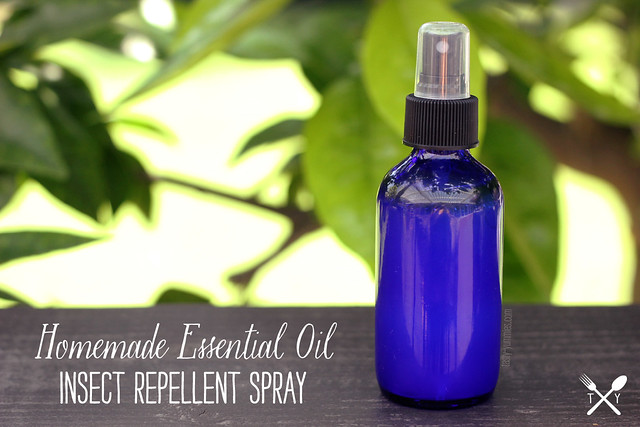
I am not sure why, but I seem to be one of those people that always gets bit up by bugs, even when no one else is. I can be in a group of 5 or 6 other people and I will seemingly be the only one. I must taste really good. It must be all that healthy, real food! After getting bit up pretty good, the first few weeks of summer, I was determined to do some research and make my own homemade essential oil insect repellent spray.
There are many essential oils, known for being excellent natural insect repellents.Here are just some of them: Citronella, Clove, Lemongrass, Lemon Eucalyptus, Cedarwood, Rosemary, Tea Tree, Eucalyptus, Cedar, Catnip, Lavender, Peppermint, Basil, Rose Geranium, Cinnamon Oil, Thyme, Lemon, Orange, Pine
Many of these different essential oils work especially well for specific pests, according to the research I have done, here are some of the more well known pests and essential oils that work as repellents for them:
Mosquitos – citronella, lemon eucalyptus, peppermint, lemon, eucalyptus, catnip, basil, clove, thyme, lemongrass, geranium, lavender
Fleas – cedarwood, citronella, eucalyptus, tea tree oil, lemongrass, lavender, orange, pine,
Ticks – rose geranium, juniper, rosewood, thyme, grapefruit, oreganoSome studies have also shown, additional effective ingredients include: Neem Oil, Soybean Oil, Vodka, Garlic and Vanilla Extract

